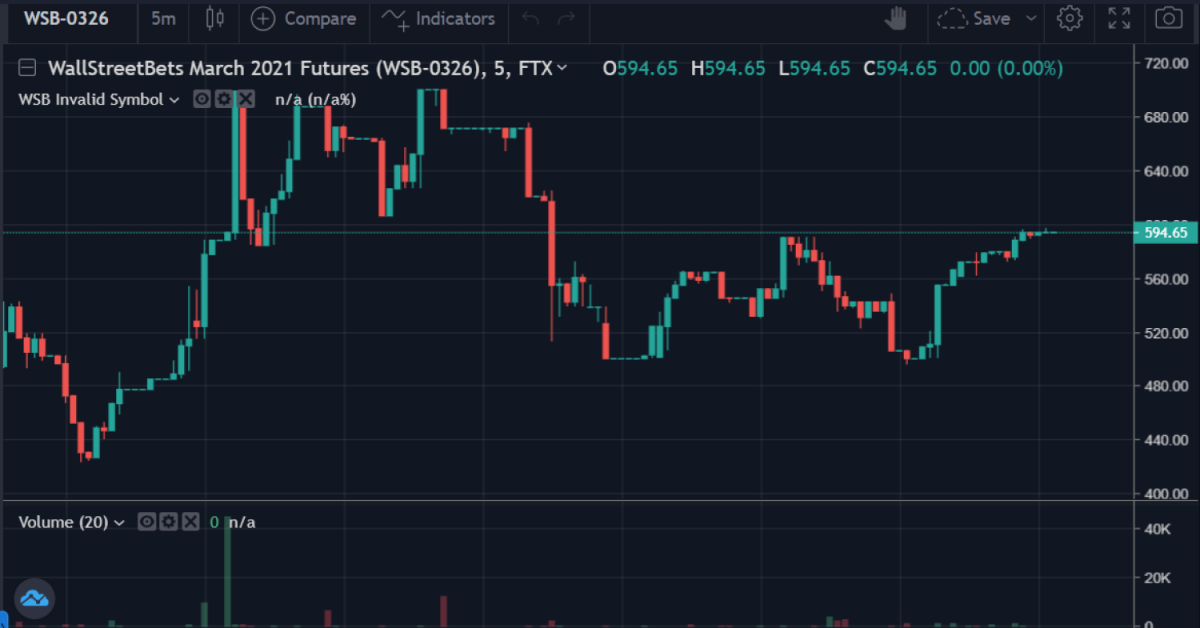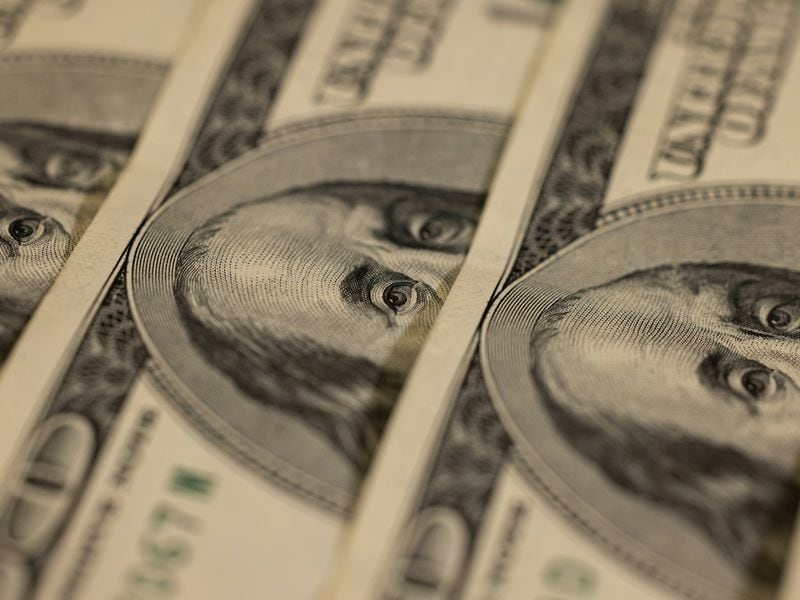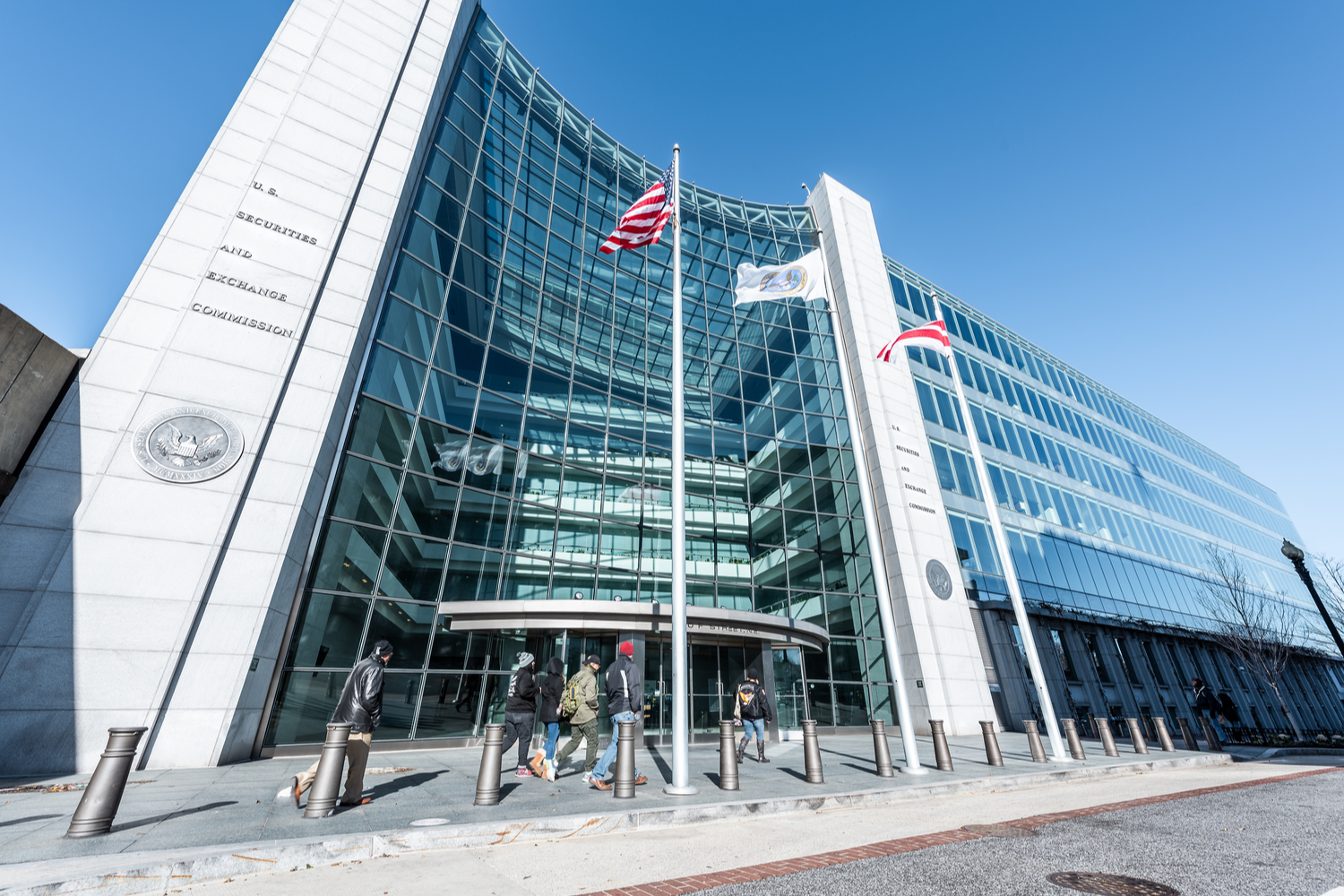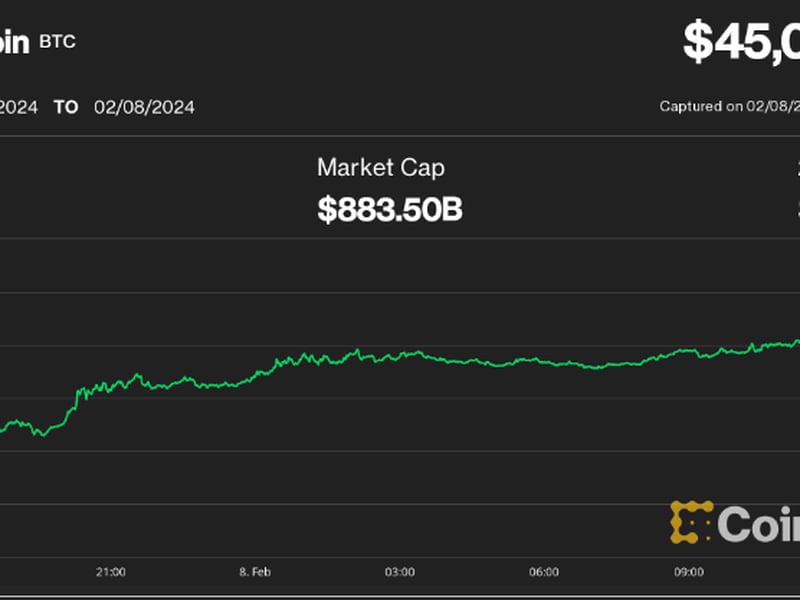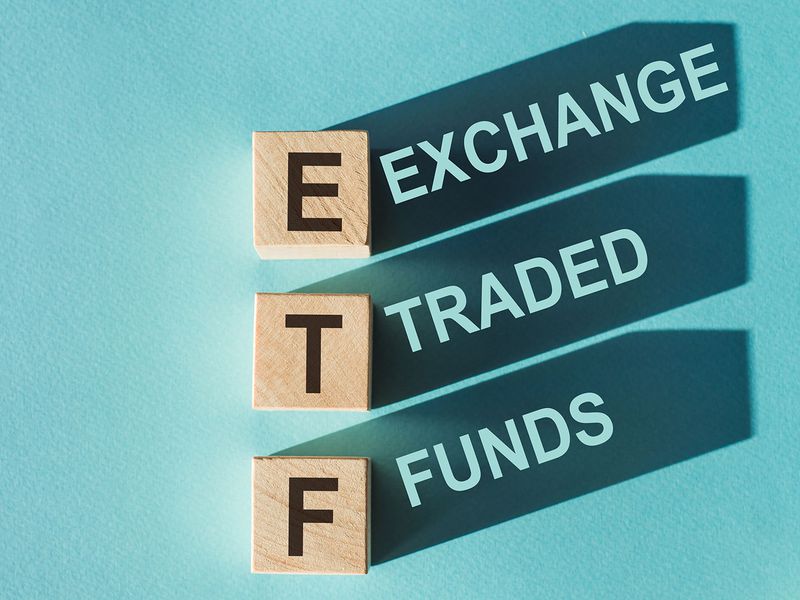Bitcoin Cannot Remain Indifferent to Dollar Index for Long: Analyst
Bitcoin’s (BTC) negative correlation with the U.S. dollar index (DXY) has broken in recent weeks, with the top cryptocurrency struggling to gather upside traction amid continued sell-off in the greenback. The situation, however, may not last long, per one observer.
The dollar index, which gauges the greenback’s exchange rate against major global fiat currencies, fell 2.26% last week its worst performance since November. The index dropped below 100.00, hitting the lowest since April last year.
Still, bitcoin traded primarily between $30,000 and $32,000, extending the multi-week consolidation, even as equities, including meme stocks, rallied.
“The negative relationship between DXY and BTC is likely to return, as gyrations in the dollar index influence global liquidity conditions, which in turn affect valuations in risk assets, including cryptocurrencies,” according to Acheson Acheson, author of Crypto is Macro Now newsletter and former head of research at CoinDesk and Genesis.
The dollar is a global reserve currency, playing an outsized role in global trade, international debt, and non-bank borrowing. When the greenback rallies, those with dollar borrowings face higher debt servicing costs and scale-back exposure to risk assets. The weakening of the dollar has the opposite effect.
“The BTC-DXY relationship will be hard to shake for long, though. It’s not just that the U.S. dollar is the denominator in the most-quoted pair for the crypto asset (and when the denominator goes down in value, the ratio goes up, all else being equal) – it’s also that a weaker dollar boosts global liquidity by giving U.S. dollar debt holders around the world more room to breathe,” Acheson said in Monday’s edition of the newsletter.
:format(jpg)/cloudfront-us-east-1.images.arcpublishing.com/coindesk/HKQV2BY7FFFQJGPHN6BONMUSTQ.png)
The chart shows debt issued by firms in a currency other than that of their home country from early 2000 to 2022. The U.S. dollar is clearly the preferred choice, with the percentage of debt denominated in the greenback holding steady around 70% since 2010.
Lastly, while popular opinion attributes gold’s impressive bull run of the 2000s to the launch of the spot-based exchange-traded funds (ETF), the positive macro environment, including periods of sustained DXY weakness, also played a big role.
So, trends in the DXY are too important to be ignored for long by crypto market players and bitcoin could pick up a bid if the greenback continues to lose altitude.
The dollar’s recent decline has legs, according to Goldman Sachs (GS).
“The Dollar sold off sharply in response to cooler inflation and anticipation of a more patient Fed stance beyond July. We think this can extend in the near term because the same factors that weighed on this report look likely to be softer still in coming months, and the policy implications bring welcome relief to a number of corners of the market,” Goldman’s Economics Research team said in a note to clients on Friday.
Acheson voiced a similar opinion, saying that fundamentals point to a continued decline in dollar.
“The USD decline feels solid. It was a long time coming, and fundamentals point to its continued slide. Despite signs that the consumer in the U.S. is still strong (more on this below), inflation is heading lower, fast. Headline inflation in the U.S. on a year-on-year basis is now lower than that of Japan. Let that sink in. True, this only applies to headline inflation and not core, but still,” Acheson noted.
Traders expect the Federal Reserve to halt its tightening cycle after the expected 25 basis point interest rate hike later this month, the Fed fund futures show. Since March 2022, the central bank has raised rates by 500 basis points to the 5% to 5.25% range. The tightening was partly responsible for last year’s crypto market crash.
Edited by Parikshit Mishra.

